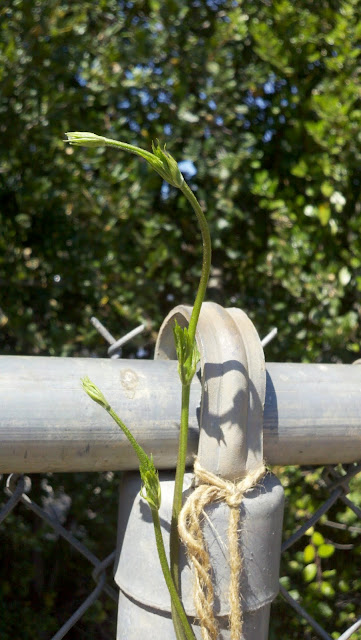My father whom ran a nursery for 17+ years and has the greenest thumbs of anyone I know suggested we might "pinch the ends/new growth" off of the tips of my bines. In most plants this will cause further branching out/bushing.
My question does anyone partake of this exercise?
Also I'm experimenting with my hop plants this year. I'm snipping some down to 6 or 7 runners and letting others grow as they will. We've all heard that snipping them will increase production in those few runners, but my father questions this. His belief is the bushier it is, the better, which is generally correct when dealing with plants. So what is yall's experience with these processes, clip or don't?
Schlante,
Phillip
My question does anyone partake of this exercise?
Also I'm experimenting with my hop plants this year. I'm snipping some down to 6 or 7 runners and letting others grow as they will. We've all heard that snipping them will increase production in those few runners, but my father questions this. His belief is the bushier it is, the better, which is generally correct when dealing with plants. So what is yall's experience with these processes, clip or don't?
Schlante,
Phillip





